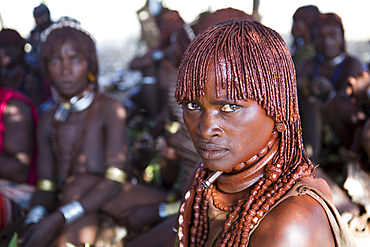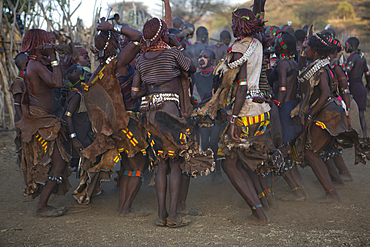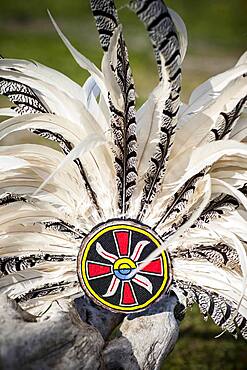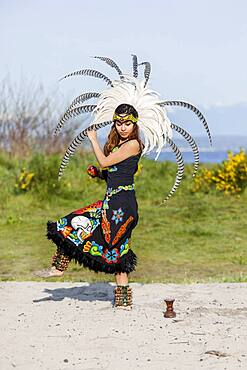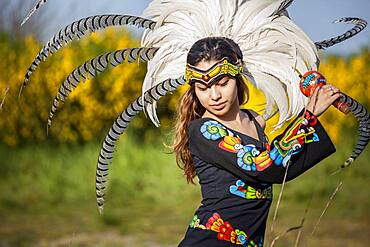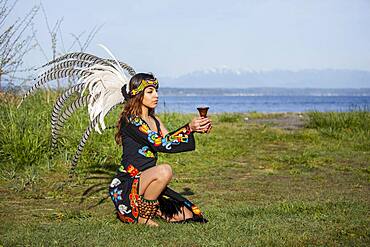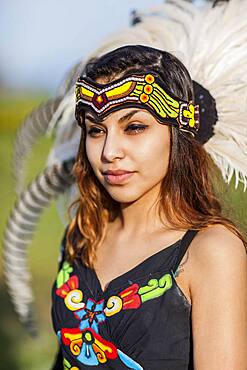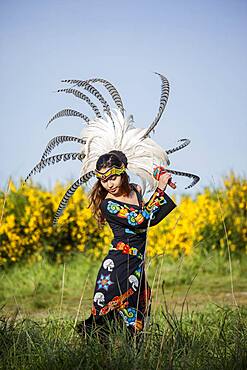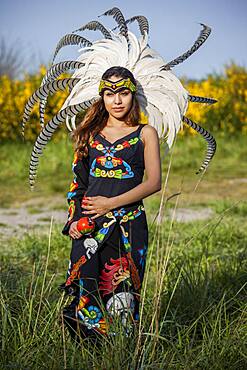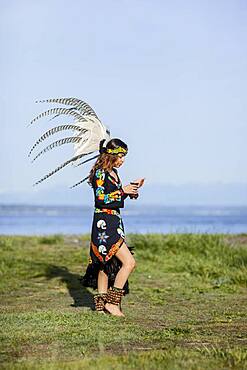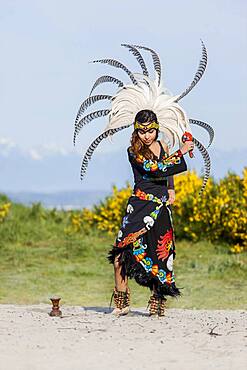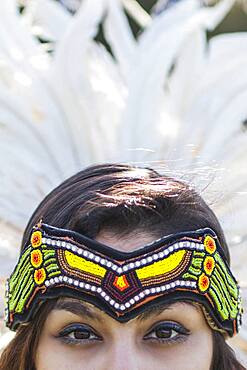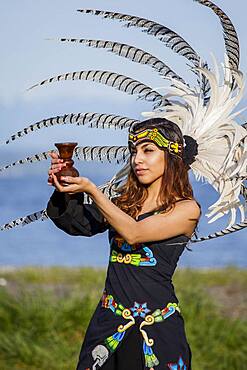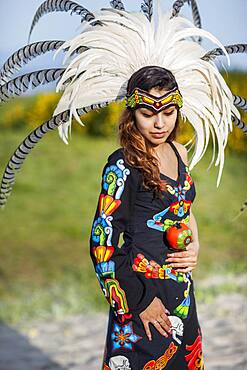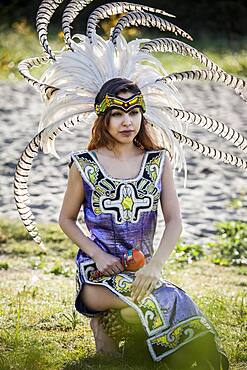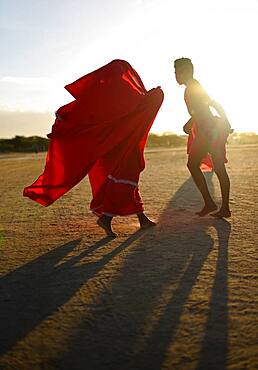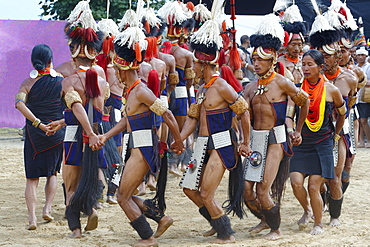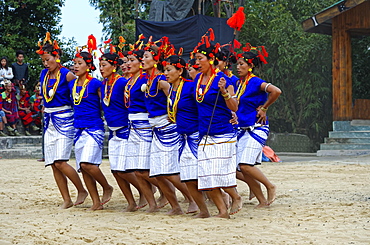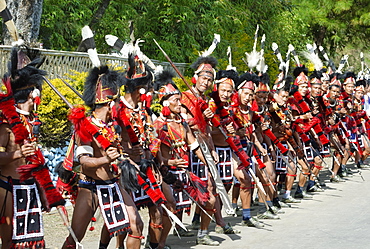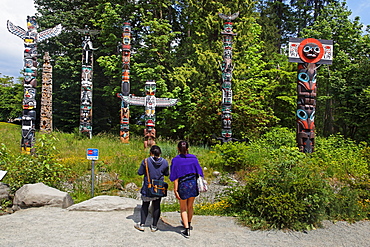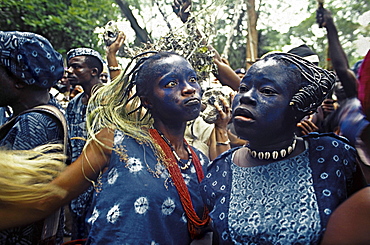Recent searches
Loading...
1178-40250 - Apache man and boy wearing traditional regalia
1178-33118 - Native American woman in traditional headdress performing ceremony
1178-33112 - Native American woman in traditional headdress performing ceremony
1178-33108 - Native American woman in traditional headdress performing ceremony
1178-33114 - Native American woman in traditional headdress performing ceremony
1178-33107 - Native American woman in traditional headdress performing ceremony
1178-33121 - Native American woman wearing traditional headdress
1178-33106 - Native American woman in traditional headdress performing ceremony
1178-33120 - Native American woman wearing traditional headdress
1178-33109 - Native American woman in traditional headdress performing ceremony
1178-33115 - Native American woman in traditional headdress performing ceremony
1178-33110 - Native American woman in traditional headdress performing ceremony
1178-33119 - Native American woman in traditional headdress performing ceremony
1178-33113 - Native American woman in traditional headdress performing ceremony
1178-33111 - Native American woman in traditional headdress performing ceremony
1178-33104 - Native American woman wearing traditional headdress
1178-33116 - Native American woman in traditional headdress performing ceremony
1178-33117 - Native American woman in traditional headdress performing ceremony
1178-33122 - Native American woman wearing traditional headdress
1178-33105 - Native American woman in traditional headdress performing ceremony
1350-1865 - Yonna dance, also called Chichamaya, carries a considerable symbolic charge for the Wayuu indigenous people of Colombia, representing three basic principles for this tribal group: Social equality, collective solidarity and the improvement of relations between the human being and the Cosmos.
1350-1859 - Yonna dance, also called Chichamaya, carries a considerable symbolic charge for the Wayuu indigenous people of Colombia, representing three basic principles for this tribal group: Social equality, collective solidarity and the improvement of relations between the human being and the Cosmos.
1350-1871 - Yonna dance, also called Chichamaya, carries a considerable symbolic charge for the Wayuu indigenous people of Colombia, representing three basic principles for this tribal group: Social equality, collective solidarity and the improvement of relations between the human being and the Cosmos.
1350-1860 - Yonna dance, also called Chichamaya, carries a considerable symbolic charge for the Wayuu indigenous people of Colombia, representing three basic principles for this tribal group: Social equality, collective solidarity and the improvement of relations between the human being and the Cosmos.
1350-1861 - Yonna dance, also called Chichamaya, carries a considerable symbolic charge for the Wayuu indigenous people of Colombia, representing three basic principles for this tribal group: Social equality, collective solidarity and the improvement of relations between the human being and the Cosmos.
1350-1862 - Yonna dance, also called Chichamaya, carries a considerable symbolic charge for the Wayuu indigenous people of Colombia, representing three basic principles for this tribal group: Social equality, collective solidarity and the improvement of relations between the human being and the Cosmos.
1350-1866 - Yonna dance, also called Chichamaya, carries a considerable symbolic charge for the Wayuu indigenous people of Colombia, representing three basic principles for this tribal group: Social equality, collective solidarity and the improvement of relations between the human being and the Cosmos.
1350-1870 - Yonna dance, also called Chichamaya, carries a considerable symbolic charge for the Wayuu indigenous people of Colombia, representing three basic principles for this tribal group: Social equality, collective solidarity and the improvement of relations between the human being and the Cosmos.
1350-1868 - Yonna dance, also called Chichamaya, carries a considerable symbolic charge for the Wayuu indigenous people of Colombia, representing three basic principles for this tribal group: Social equality, collective solidarity and the improvement of relations between the human being and the Cosmos.
1350-1858 - Yonna dance, also called Chichamaya, carries a considerable symbolic charge for the Wayuu indigenous people of Colombia, representing three basic principles for this tribal group: Social equality, collective solidarity and the improvement of relations between the human being and the Cosmos.
1350-1869 - Yonna dance, also called Chichamaya, carries a considerable symbolic charge for the Wayuu indigenous people of Colombia, representing three basic principles for this tribal group: Social equality, collective solidarity and the improvement of relations between the human being and the Cosmos.
1350-1863 - Yonna dance, also called Chichamaya, carries a considerable symbolic charge for the Wayuu indigenous people of Colombia, representing three basic principles for this tribal group: Social equality, collective solidarity and the improvement of relations between the human being and the Cosmos.
1350-1864 - Yonna dance, also called Chichamaya, carries a considerable symbolic charge for the Wayuu indigenous people of Colombia, representing three basic principles for this tribal group: Social equality, collective solidarity and the improvement of relations between the human being and the Cosmos.
1350-1867 - Yonna dance, also called Chichamaya, carries a considerable symbolic charge for the Wayuu indigenous people of Colombia, representing three basic principles for this tribal group: Social equality, collective solidarity and the improvement of relations between the human being and the Cosmos.
1116-44580 - Hamer woman carrying a baby at a bull jumping ceremony, which initiates a boy into manhood, in the village of Asile, Omo Valley, Southern Nations Nationalities and Peoples' Region, Ethiopia
857-95669 - Senior woman and boy with human and water buffalo skulls, Banaue, Ifugao, Philippines
832-380008 - Tribal ritual dance at the Hornbill Festival, Kohima, Nagaland, India, Asia
832-380012 - Tribal ritual dance at the Hornbill Festival, Kohima, Nagaland, India, Asia
832-380009 - Tribal ritual dance at the Hornbill Festival, Kohima, Nagaland, India, Asia
832-380016 - Tribal ritual dance at the Hornbill Festival, Kohima, Nagaland, India, Asia
832-380010 - Tribal ritual dance at the Hornbill Festival, Kohima, Nagaland, India, Asia
832-380017 - Tribal ritual dance at the Hornbill Festival, Kohima, Nagaland, India, Asia
832-380013 - Naga tribal group performers standing in line to welcome Officials at the Hornbill Festival, Kohima, Nagaland, India, Asia
832-380014 - Tribal ritual dance at the Hornbill Festival, Kohima, Nagaland, India, Asia
832-380018 - Tribal ritual dance at the Hornbill Festival, Kohima, Nagaland, India, Asia
832-380015 - Tribal ritual dance at the Hornbill Festival, Kohima, Nagaland, India, Asia
832-380007 - Tribal ritual dance at the Hornbill Festival, Kohima, Nagaland, India, Asia
832-378797 - Naga tribal man in traditional outfit, Kisima Nagaland Hornbill festival, Kohima, Nagaland, India, Asia
832-378798 - Naga tribal man in traditional outfit, Kisima Nagaland Hornbill festival, Kohima, Nagaland, India, Asia
1131-988 - Tribal ritual dances at the Hornbill Festival, Kohima, Nagaland, India, Asia
1131-994 - Tribal ritual dances at the Hornbill Festival, Kohima, Nagaland, India, Asia
1131-990 - Tribal ritual dances at the Hornbill Festival, Kohima, Nagaland, India, Asia
1131-993 - Naga tribal group performers standing in line to welcome officials at the Hornbill Festival, Kohima, Nagaland, India, Asia
1131-989 - Performers gathered at the Hornbill Festival, Kohima, Nagaland, India, Asia
1131-992 - Tribal ritual dances at the Hornbill Festival, Kohima, Nagaland, India, Asia
1131-991 - Tribal ritual dances at the Hornbill Festival, Kohima, Nagaland, India, Asia
1131-995 - Participant of the Hornbill Festival, Kohima, Nagaland, India, Asia
1270-75 - A lady dances and celebrates in traditional costume, Lesotho, Africa
1116-39210 - Papua New Guinea, Portrait Of Man In Tribal Dress B1719
832-368687 - Tribal people at the annual Hornbill Festival in Kohima, India, Asia
832-61639 - Man in tribal dress at the annual Hornbill Festival in Kohima, India, Asia
1113-11486 - Totem pole in Stanley Park, Vancouver City, Canada, North America
1113-11487 - Totem pole in Stanley Park, Vancouver City, Canada, North America
1113-11485 - Totem pole in Stanley Park, Vancouver City, Canada, North America
1116-33678 - Australia, Queensland, Cairns, Aboriginal native man holding didgeridoo, paint on body.
1116-33675 - Australia, Queensland, Cairns, Tjapukai, Portrait of Aboriginal native man with paint on body.
1116-33677 - Australia, Queensland, Cairns, Aboriginal native man playing didgeridoo, paint on body.
857-48978 - The Bull Jumping Ceremony is conducted by several tribes in the Lower Omo Valley and is the most important ceremony in a tribal man's life.The ceremony is about hierarchy and membership in the tribe and typically involves a young man who undergoes a number of rituals before he leaps onto and runs rapidly over a series of cattle held by other men who have recently bull-jumped. Once the jumping is completed, the bull-jumper is a man in the eyes of the tribe. An important part of the ceremony is a ritualistic whipping, which women actively seek out from certain men known as Mazha. Dimeka, Omo Valley, Ethiopia, 2010
1196-227 - Wearing tree bark cloth masks and skirts, dancers representing fish spirits are invited during the season of the peach palm harvest to drink the juice. it is a feast and ritual exchange: the host group offers the spirits large quantities of peach palm juice, smoked meat and fish, and shaman-blessed coca and snuff. the visitors are the costumed dancers impersonating animal spirits. people eat the meat and fish, animal spirits receive the fruits of peach palm, which are cultivated, harvested, and processed by humans. this exchange expresses the idea that people and animals depend on each other for survival and reproduction. vaupes basin, eastern colombia amazon, population: 600
1196-149 - Yoruba women dance in trance at a sacred water festival to honor their animistic spirits. nigeria, africa
1196-32 - Xavante warriors prepare to wrestle wooden poles, a of taming or harnessing dark jungle forests. Brazil
1194-2386 - Kenya. Masai women getting ready to dance at their masai village within the amboseli national park
817-389762 - Tangsa Girls, Pangwa performing dance at Namdapha Eco Cultural Festival, Miao, Arunachal Pradesh, India
817-351664 - Local group of nacked Papuas showing a playful fight in traditional headdress and with weapons, Jayawijaya region, Papua, Indonesia, Southeast Asia
817-351665 - Local group of nacked Papua women joing the Baliem Valley festival and sitting in the grass in traditional appearance with sharp focus on one woman only, Jayawijaya region, Papua, Indonesia, Southeast Asia
817-351662 - Local group of Papuas joing the Baliem Valley festival and running to the festival side with weapons, one man looking at the camera, Jayawijaya region, Papua, Indonesia, Southeast Asia
817-332128 - Local group of Papuas joing the Baliem Valley festival and running to the festival side with weapons, Jayawijaya region, Papua, Indonesia, Southeast Asia
817-332126 - Local group of Papuas joing the Baliem Valley festival and standing in a long row in traditional appearance with weapons, Jayawijaya region, Papua, Indonesia, Southeast Asia
817-332127 - Local group of Papuas joing the Baliem Valley festival and standing in a long row in traditional appearance with weapons, Jayawijaya region, Papua, Indonesia, Southeast Asia
817-272981 - Tangsa Man, Lungchang Tribe at Namdapha Eco Cultural Festival, Miao, Arunachal Pradesh, India
817-272978 - Nocte warrior tribes, with traditional Wear performing dance at Namdapha Eco Cultural Festival, Miao, Arunachal Pradesh, India
817-190520 - Posts show various Naga motifs Willong village, District Senapati, Manipur
759-5171 - Portrait of native man, Papua New Guinea, New Britain, Kimbe Bay
724-1148 - Traditional berber wedding, Douz Oasis, Tunisia, North Africa
724-1149 - Traditional berber wedding, Tataouine Oasis, Tunisia, North Africa
724-1150 - Traditional berber wedding, Tataouine Oasis, Tunisia, North Africa




